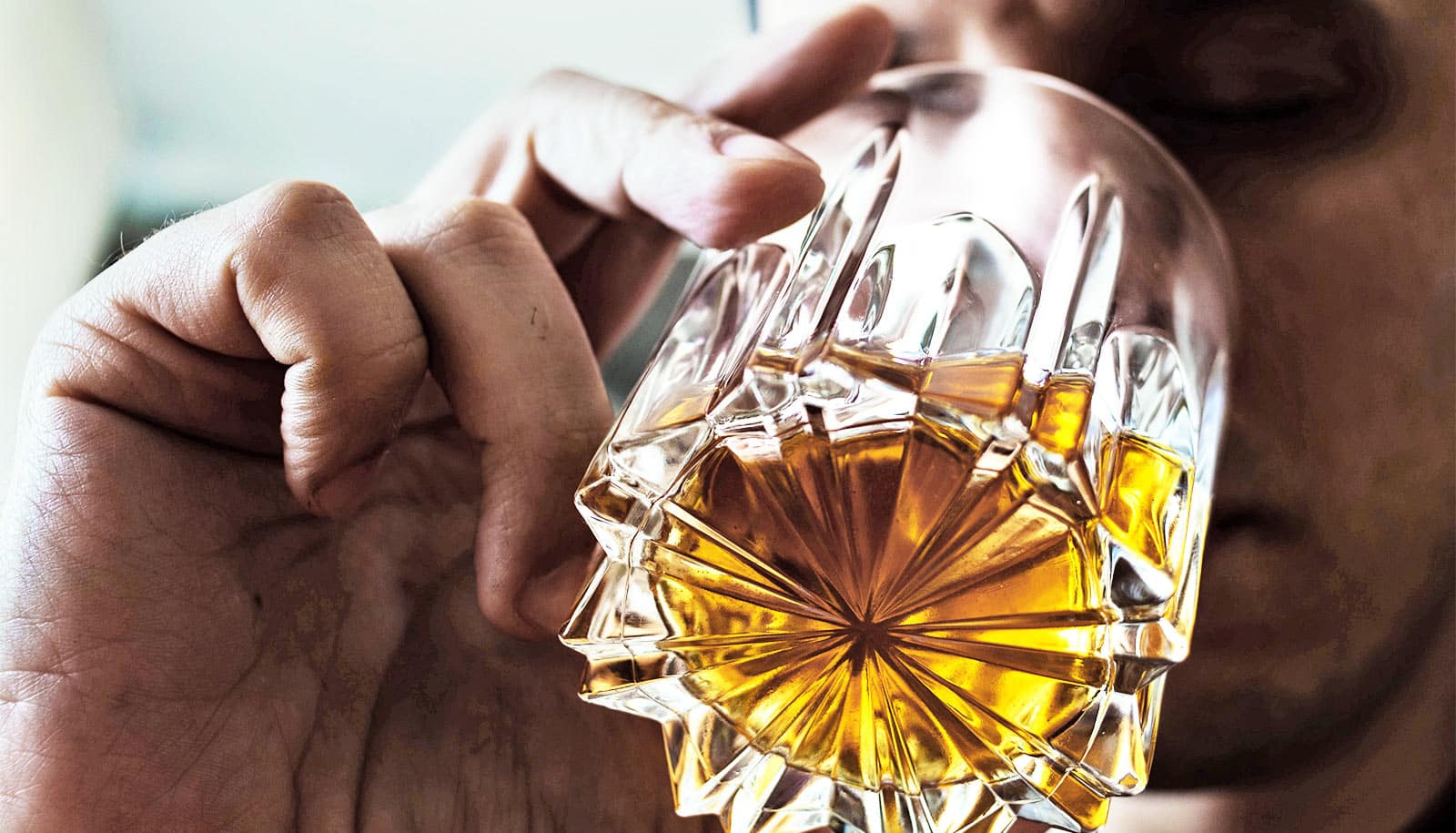The benefits of light drinking—and the risks of not drinking at all—might not be as great as once thought, report researchers.
The researchers analyzed information about more than 9,000 people across England, Scotland, and Wales born in 1958 who are participating in the longitudinal National Child Development Study. The study, based at the University College London Centre for Longitudinal Studies, tracked changes in people’s drinking and cigarette smoking habits from age 23 to 55, and linked these changes to mental and physical health.
About one third of men and women who reported drinking at the light-to-moderate level were very unlikely to smoke. While this group of light drinkers and non-smokers enjoyed the best health and quality of life in middle age, three other groups experienced more health problems. These groups were those who drank lightly to moderately but also smoked; those who both drank more heavily and smoked; and those who refrained from drinking alcohol or reduced their drinking over time.
Six drinks a week
Light-to-moderate drinkers were defined as adults who consumed no more than 14 units of alcohol, which is equivalent to roughly six pints of beer or six medium-sized glasses of wine per week. This is the current maximum recommended for men and women by the United Kingdom’s Department of Health, according to Jeremy Staff, professor of criminology and sociology at Penn State and the study’s lead author.
Pea-size brain structure may make beer cravings
While the supposed benefits of moderate drinking have been widely reported in the media, many reports have failed to take into account other risk factors. For example, light-to-moderate drinkers suffered poor health in midlife if they were former smokers or still had the occasional cigarette. This may be due to a direct effect of smoking or because of other lifestyle-related risks, such as lack of exercise or obesity. Many midlife abstainers also began their adult life in poorer physical or mental health than peers who had completely abstained from alcohol.
Abstainers and forgetters
“Alcohol abstainers are a diverse group. They include former heavy drinkers who quit due to problems with alcohol, as well as those who quit drinking due to poor health, and not just lifetime abstainers,” says Staff. “Medical professionals and public health officials should be wary of drawing conclusions about the so-called ‘dangers’ of never drinking without more robust evidence.”
About 1-in-5 members of 55-year-olds who said they had never drunk alcohol in their lives had previously reported drinking when they were younger. This suggests that those who drink very little may tend to misremember or under-report previous drinking habits. When studies include this group as lifetime abstainers, apparent “harms” of abstaining may be overestimated, say the researchers.
While modest drinking habits also have been linked with higher levels of education, those with few or no educational qualifications were also among those who did not drink or drank modestly. On the other hand, men and women with the highest educational qualifications at age 23 were more likely than their peers to drink at light-to-moderate rates throughout their adult lives, and were unlikely to smoke.
‘The real factors’
Jennifer Maggs, professor of human development and family studies at Penn State and another of the study’s authors, adds, “Evidence continues to grow that alcohol has many health risks, including for cancer. Therefore, it is dangerous to report only benefits of moderate alcohol consumption. Drinking habits are also shaped by our education, health earlier in life, and related lifestyle factors including smoking.
Only 13% of Brits link alcohol to cancer
“These other influences may be the real factors underlying the connection between drinking and midlife health.”
According to Sir Ian Gilmore, chair of the Alcohol Health Alliance in the UK, “This study provides yet more evidence that any benefits associated with drinking alcohol are smaller than previously thought. The most effective ways to reduce harms associated with alcohol consumption are to introduce pricing measures linked to alcohol sales, and enable more informed choices through public education efforts and mandatory labeling of alcohol products.”
This research appears in the Journal of Studies on Alcohol and Drugs. Funding came from the National Institute on Alcohol Abuse and Alcoholism to the Prevention Research Center at Penn State.
Source: Penn State



